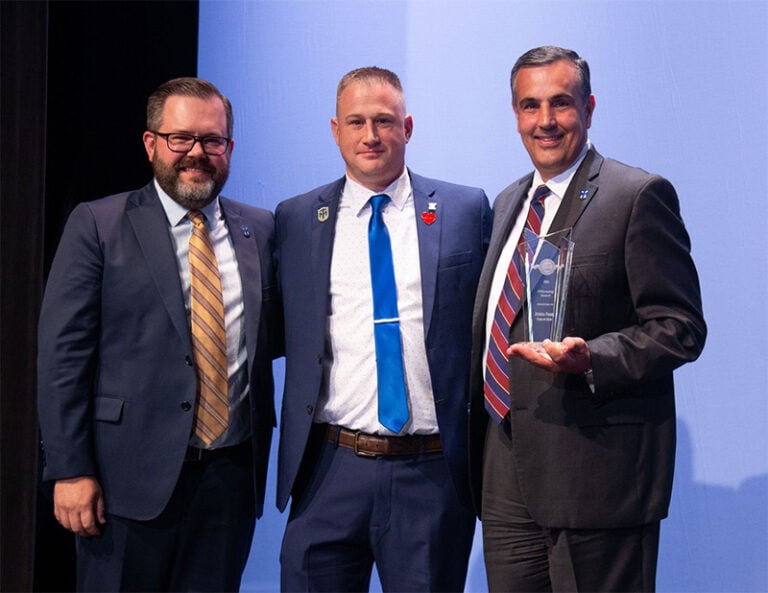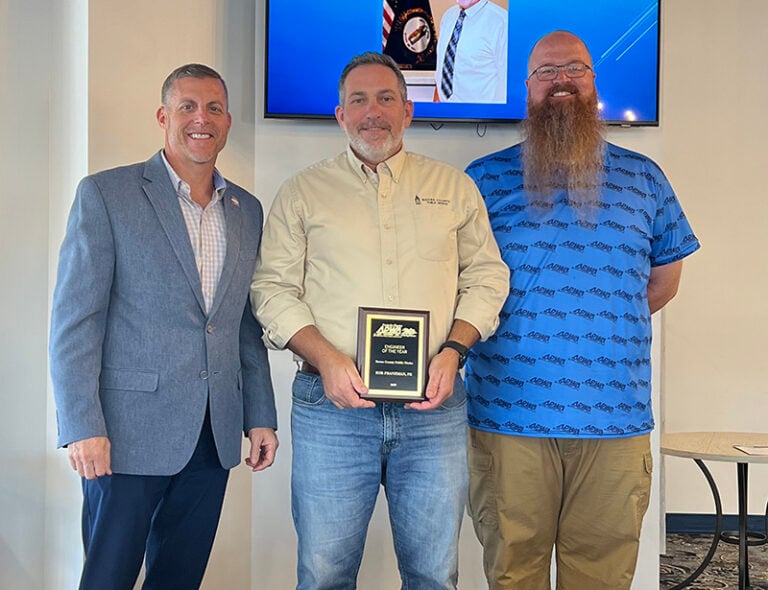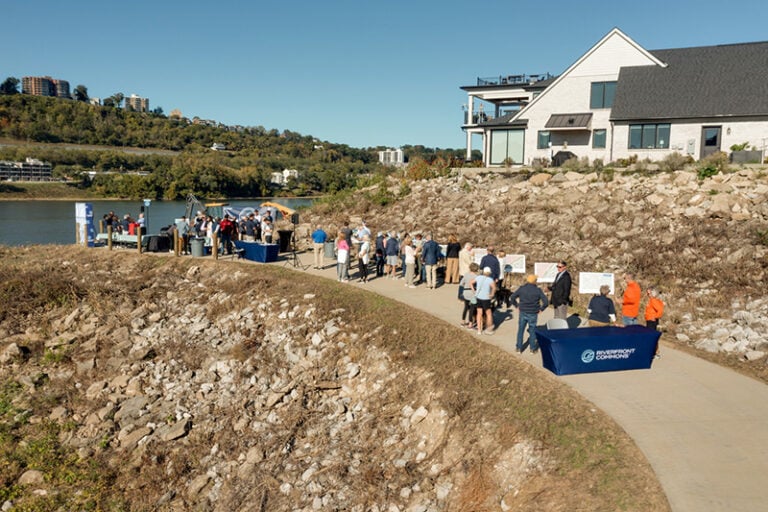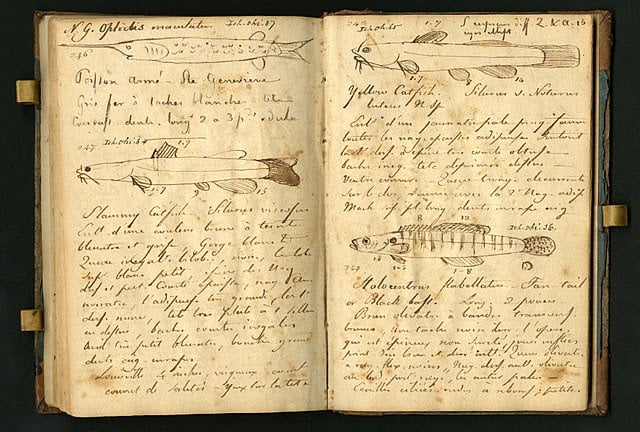By Andy Furman
NKyTribune reporter
David Fine gave the group a lesson. The lesson of life – saving a life.
Fine served as teacher to his fellow Rotarians at their Radisson Hotel weekly luncheon while he explained and performed CPR.
CPR – or Cardiopulmonary Resuscitation – is an emergency lifesaving procedure performed when the heart stops beating.

“Immediate CPR can double or even triple chances of survival after cardiac arrest,” said Fine, who is an EMT, Terrace Park, Station 94. “I learned CPR as part of my EMT certification, and “I’ve used it.”
He says he was in an ambulance with a heart attack patient, when he performed CPR. He would not comment on the patient’s results.
According to published reports, some 350,000 people die from cardiac arrest in the United States.
Fine says keeping the blood flow active – even partially – extends the opportunity for a successful resuscitation, at least until trained medical staff arrive on site.
Fine described the Hands-Only CPR technique — with the use of a dummy – to the assembled lunch crowd, and did admit although a certified EMT, this was his first public presentation.
“It’s really not difficult at all,” he stressed.
The Hands-Only CPR, he explained, is CPR without mouth-to-mouth breaths.
“It is recommended for people who see someone – not a child – collapse in an out-of-hospital setting — perhaps at home, or at work,’ Fine said. “It actually consists of two steps.”
• Call 9-1-1 – or have someone call, and
• Push hard and fast in the center of the chest.
“CPR should be performed by anyone – including bystanders, or people in the office, should an emergency arise,” he said.
Some key points:
• Minimize interruptions in chest compressions
• Breath after 30 compressions
• Provide compressions of adequate rate
• Avoid leaning on the victim between compressions
• Keep elbows stiff
• Proper hand placement on victim
And when should you perform CPR?
“CPR should be used when you see someone who is unresponsive and is not breathing, or only gasping,” Fine said.
Learning how to perform CPR properly takes just a few short hours, according to Fine, but it can change a life forever. “And anyone can learn it.”
Cardiac arrest can happen anytime and anywhere. In these emergencies, the heart stops beating or beating too ineffectively to circulate blood to the brain and other vital organs.
“Every second counts,” Fine pointed out, during his hands-on demonstration.
CPR certification can help prevent brain damage and death by keeping oxygenated blood moving throughout the body.
• • • • • • • • • • •
The half-hour instructional demonstration proved to be eye-opening for the Rotarians.
To learn about CPR training at St. Elizabeth Healthcare, click here. To learn about Red Cross CPR training in your area, click here.

















